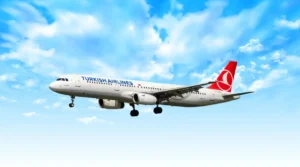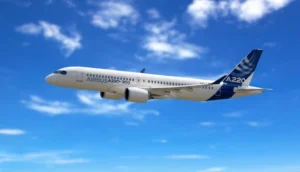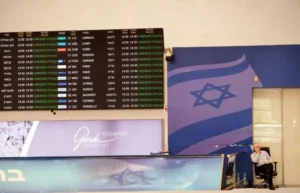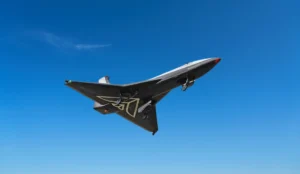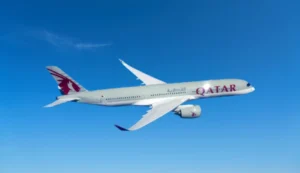JAL Unveils Shark-Inspired Coating for Fuel Efficiency
Japan Airlines debuts riblet-shaped coating on its 787-9 to cut drag, boost fuel efficiency, and reduce emissions, setting a new benchmark in sustainable aviation.
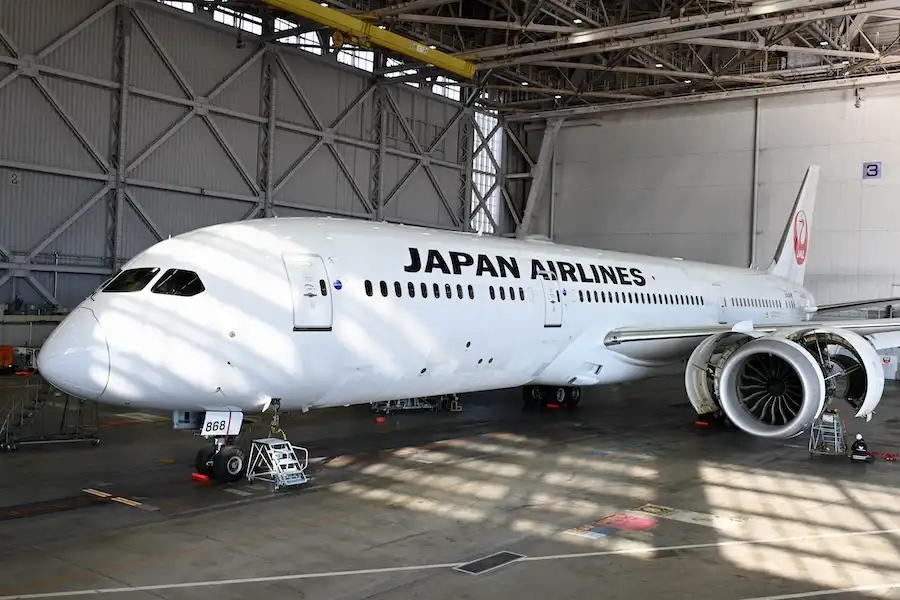
Photo Source: TRAICY Global
Japan Airlines (JAL) has implemented an innovative riblet-shaped coating on its Boeing 787-9 Dreamliner, aiming to enhance fuel efficiency and reduce carbon emissions. Developed in collaboration with the Japan Aerospace Exploration Agency (JAXA) and O-Well, this cutting-edge technology mimics the fine grooves of shark skin to minimize surface friction and drag.
The riblet-shaped coating, applied using the advanced Paint-to-Paint method, is directly integrated with the aircraft’s conventional paint, ensuring lightweight and durable results. Covering approximately 30% of the aircraft’s fuselage, this trial is projected to reduce drag by 0.24%, saving 119 tons of fuel and cutting 381 tons of CO2 emissions annually on the Tokyo/Narita-Frankfurt route alone.
First tested on Boeing 737-800 aircraft for durability, the coating has now advanced to the Boeing 787-9 to validate its aerodynamic benefits in real-world operations. With international service trials commencing in January 2025, JAL is optimistic about extending this technology to its wider fleet as part of its sustainability strategy.
This initiative aligns with the aviation industry’s commitment to greener operations, contributing to significant advancements in fuel savings and emission reductions. If successful, the riblet technology will set a new standard for sustainable aviation practices, paving the way for broader adoption across global fleets.

